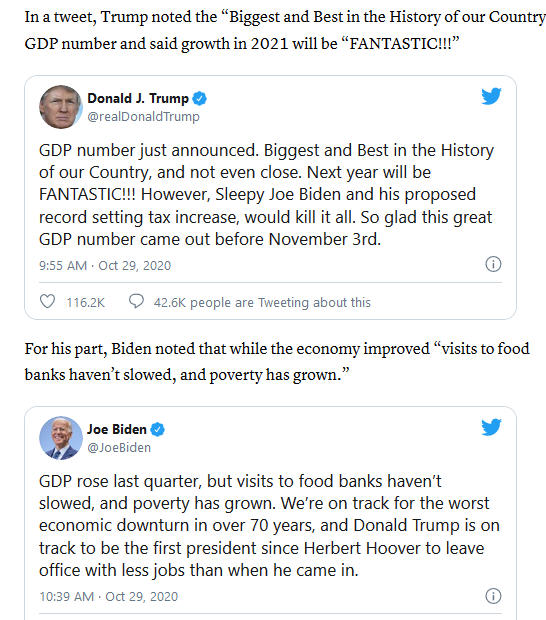On March 5th, The Washington Free Beacon posted an article about one consequence of the Biden administration’s pause on liquefied natural gas production in America.
The article reports:
President Joe Biden’s pause on liquefied natural gas production is already turning into a major financial windfall for Qatar, even as the Gulf regime undercuts the United States and its allies by funding terrorists and sheltering fugitive Hamas leaders.
Qatar, which is the third largest LNG exporter after the United States and Australia, announced last week that it is expanding its natural gas production by 85 percent. The news came weeks after the Biden administration announced that it would freeze new domestic LNG export permits, a policy that many political observers viewed as a concession to climate activists ahead of the presidential election.
Brenda Shaffer, a senior adviser for energy at the Foundation for Defense of Democracies, said Qatar’s liquefied natural gas expansion was likely spurred by Biden’s policy announcement, adding that Doha will “benefit financially” from the pause.
“Nature doesn’t allow a vacuum. The United States is the biggest producer of natural gas in the world. To say that it’s going to put a pause or freeze for a few years, obviously [other countries] are going to pick up that market,” she said.
Energy experts told the Washington Free Beacon that Biden’s LNG announcement is already pushing buyers away from the U.S. market and toward adversarial competitors.
Limiting natural gas production in America does not limit the use of natural gas worldwide–other countries pick up the slack. Natural gas is a very clean fuel and does very little damage to the environment. The Biden administration’s energy policies have consistently negatively impacted Americans and benefitted America’s enemies. We need to go back to helping Americans and the American economy by becoming energy independent again.




